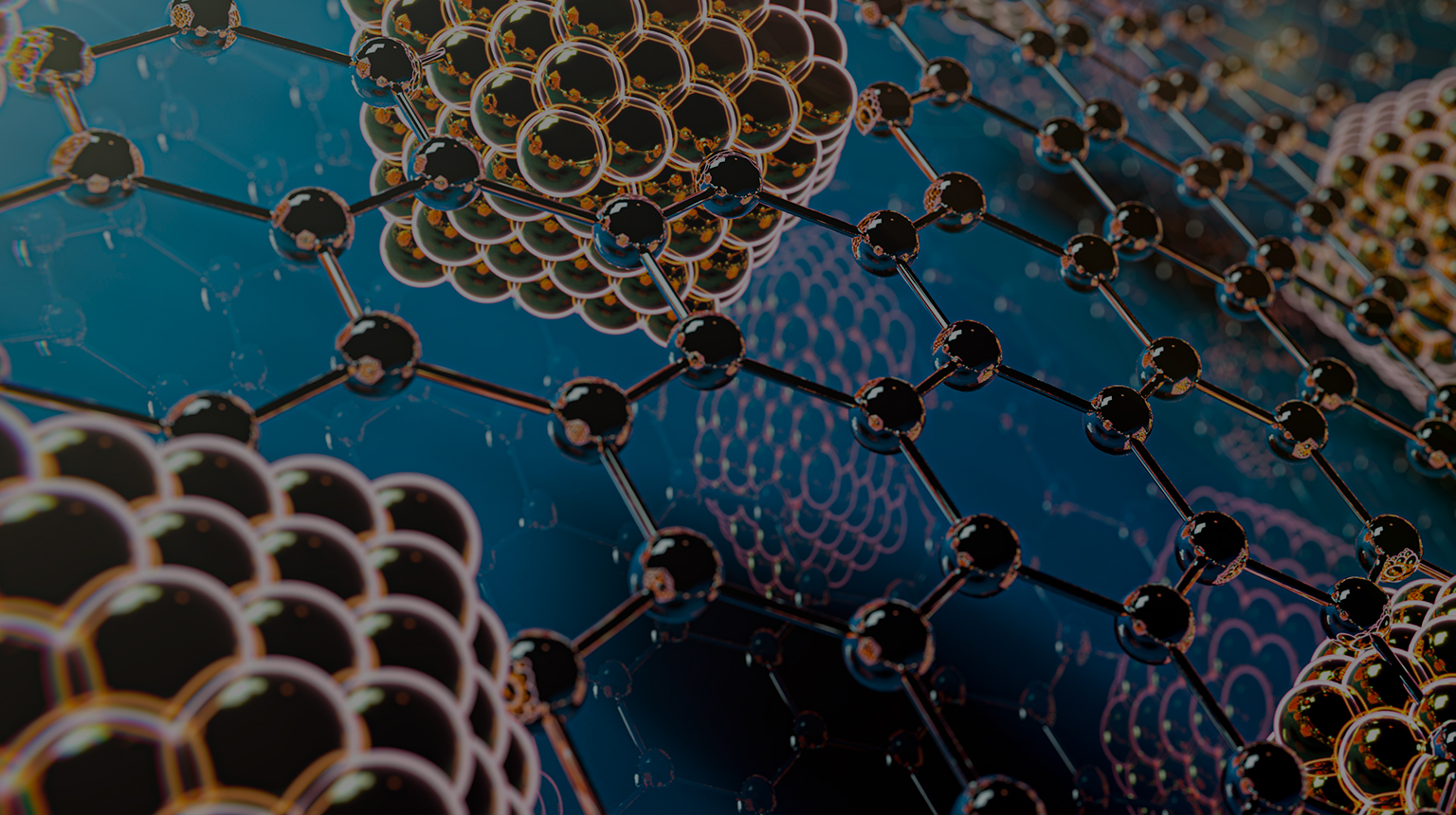

Publication
- HOME
- Publication
Publication
|
Halonitromethanes formation in wastewater treatment plant effluents
관리자 │ 2024-05-10 HIT 342 |
|---|
|
Journal: Chemosphere Author: Hocheol Song, Jesse W. Addison, Jia Hu, Tanju Karanfil
Abstract: Halonitromethanes (HNMs) constitute one class of emerging disinfection by-products with high potential health risks. This study investigated the formation and occurrence of HNMs under different disinfection scenarios and the presence of their precursors in municipal wastewater treatment plant (WWTPs) effluents. Formation potential tests performed on WWTP effluents revealed that HNM formation occurred in the order of ozonation–chlorination ≫ ozonation–chloramination > chlorination > chloramination. Ozonation alone did not produce any HNM. Municipal WWTP effluents contained some reactive HNM precursors, possibly the by-products of biological treatment processes and/or some moiety of industry or household origin. No effects of nitrate on the formation of HNMs were observed in this study, and nitrification in WWTPs appears to remove appreciable portion of HNM precursors, especially those reactive to chlorine. UV disinfection using low pressure lamps in municipal WWTPs had negligible impact on HNM formation potential. HNM concentrations in the effluents of selected WWTPs were either non-detectable or less than minimum reporting level, except for one WWTP that gave trichloronitromethane concentrations in the range of 0.9–1.5 μg L−1. No HNMs were observed in the effluents disinfected with UV radiation. Therefore, it appears the typical wastewater disinfection processes involving chlorination or UV treatment in WWTPs do not produce significant amounts of HNMs.
Keywords: Emerging disinfection by-products, Water reclamation, Wastewater, Nitrogenous DBPs, Formation potential, UV disinfection |
| 이전글 | Effect of pH and sulfate concentration on hydrogen production using anaerobic mi... |
|---|---|
| 다음글 | Coupling carbon dioxide and magnetite for the enhanced thermolysis of polyvinyl ... |





